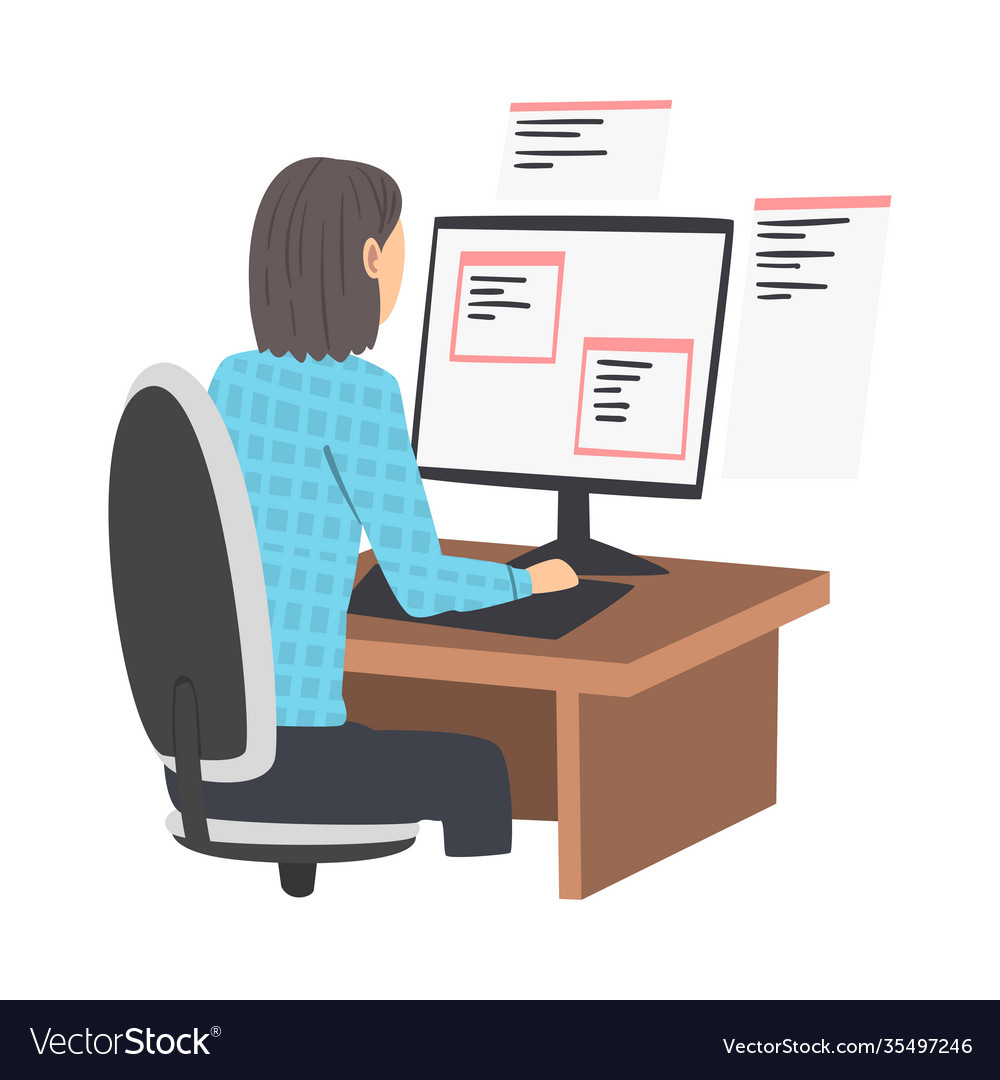Optimize Your Resources with Professional Software Engineering Staffing Solutions
Wiki Article
Dedicated Developers vs. In-House Teams: Which Is Right for You?
The decision between utilizing specialized designers and keeping an internal team is a substantial one that can influence the trajectory of your tasks and general business approach. Dedicated programmers provide a level of flexibility and specialized experience that can be useful for specific, short-term campaigns. Alternatively, internal groups contribute to a natural company culture and a nuanced understanding of long-lasting objectives. By taking a look at crucial elements such as budget plan, job extent, and wanted control, you can better determine which strategy aligns with your business requirements. Nonetheless, the effects of this choice prolong beyond immediate outcomes-- think about the broader influence on your organization landscape.Understanding Committed Programmers
The growing need for specialized abilities in the technology sector has actually resulted in the introduction of devoted developers as a practical option for numerous organizations. These specialists are generally contracted on a task basis, permitting business to utilize particular expertise without the long-term commitment related to full-time hires. Committed developers are commonly ingrained within a customer's team, providing versatility and scalability to fulfill project needs.This version enables organizations to access an international skill swimming pool, which is specifically advantageous in a quickly advancing technical landscape. Devoted programmers can be sourced from various geographical locations, ensuring that companies can discover the best capability at affordable prices. They frequently bring a wealth of experience and expertise, having serviced diverse jobs across various sectors.
Additionally, devoted designers can focus exclusively on the jobs at hand, enhancing performance and performance. They are equipped to integrate effortlessly into existing operations, teaming up carefully with in-house teams to attain project goals. This approach not only minimizes the burden of employment and training yet also allows organizations to stay nimble, adjusting rapidly to transforming market demands and technological advancements.
Benefits of In-House Teams

Additionally, internal groups tend to have a much deeper understanding of the firm's mission, values, and goals. This alignment can boost worker engagement and motivation, as group members feel extra linked to their work and the company's success. In addition, having a committed internal team allows for much better alignment of methods and goals, as these participants are consistently concentrated on the company's top priorities.
Internal groups likewise facilitate quicker decision-making processes, as they can react extra swiftly to difficulties and modifications. The well established relationships and familiarity with business procedures enable for streamlined workflows and minimized miscommunication. Eventually, the mix of a natural society, positioning with business goals, and effective communication makes internal teams a beneficial property for lots of go right here organizations, particularly those seeking to grow lasting growth and technology.
Expense Considerations
When assessing expense factors to consider, both internal teams and dedicated programmers present unique economic effects for companies. Involving devoted designers typically includes a pay-per-project or hourly price model, which can be cost-effective for organizations with varying task demands. This strategy enables for adaptability in scaling sources up or down, making sure that companies only spend for the services they require.In comparison, in-house groups entail repaired expenses, including incomes, benefits, and overhead costs such as office and equipment. While this design offers greater control and instant availability of resources, it might lead to greater lasting expenses, specifically if the workload does not validate a permanent team.
Furthermore, business must take into consideration the hidden expenses connected with recruitment and training of internal employees, which can even more strain budget plans. Sometimes, the moment and resources spent on managing an in-house group can diminish the company's core organization purposes.

Project Monitoring and Adaptability
Project administration and versatility are crucial aspects that affect the selection between committed developers and in-house teams. Committed teams typically have actually developed procedures for managing projects efficiently, leveraging details approaches like Agile or Scrum, which assist in iterative development and flexibility.
Ultimately, the selection between dedicated developers and in-house teams hinges on the preferred degree of versatility and the certain project administration demands. Business should review their operational characteristics, task complexity, and resource availability to figure article out which alternative aligns best with their strategic objectives.
Making the Right Option
Picking the ideal development technique-- internal groups or dedicated developers-- needs a mindful assessment of various elements that straighten with a firm's strategic goals. software engineering staffing. Consider the nature of the project. If it requires specialized abilities or a fast scale-up, devoted designers may be more ideal. Alternatively, internal teams can supply better continuity and assimilation with existing employees.Following, evaluate your spending plan. Dedicated developers usually offer an economical solution for temporary jobs, while internal teams may sustain higher lasting costs because of incomes, advantages, and overhead expenses. Analyze the degree of control and collaboration preferred; internal groups typically cultivate stronger interaction and placement with business society.
If prompt outcomes are required, devoted programmers can be onboarded rapidly, whereas developing an in-house group takes time for recruitment and training. If continual development is important, investing in an in-house team might produce far better returns over time.
Final Thought
In verdict, the decision in between devoted developers and internal groups hinges on project demands and business objectives. Alternatively, in-house groups grow a cohesive culture and deeper positioning with lasting objectives.The decision in between utilizing specialized programmers and maintaining an in-house team is you can try these out a considerable one that can influence the trajectory of your jobs and overall service approach.Task management and adaptability are crucial aspects that affect the selection between in-house teams and devoted developers. offshore software development.In contrast, internal groups might excel in preserving a constant job administration structure due to their knowledge with the organization's society and long-lasting objectives. Devoted designers commonly provide an economical option for temporary tasks, while internal teams might sustain greater long-lasting costs due to incomes, benefits, and overhead costs.In conclusion, the choice between internal groups and specialized designers hinges on project needs and organizational purposes
Report this wiki page